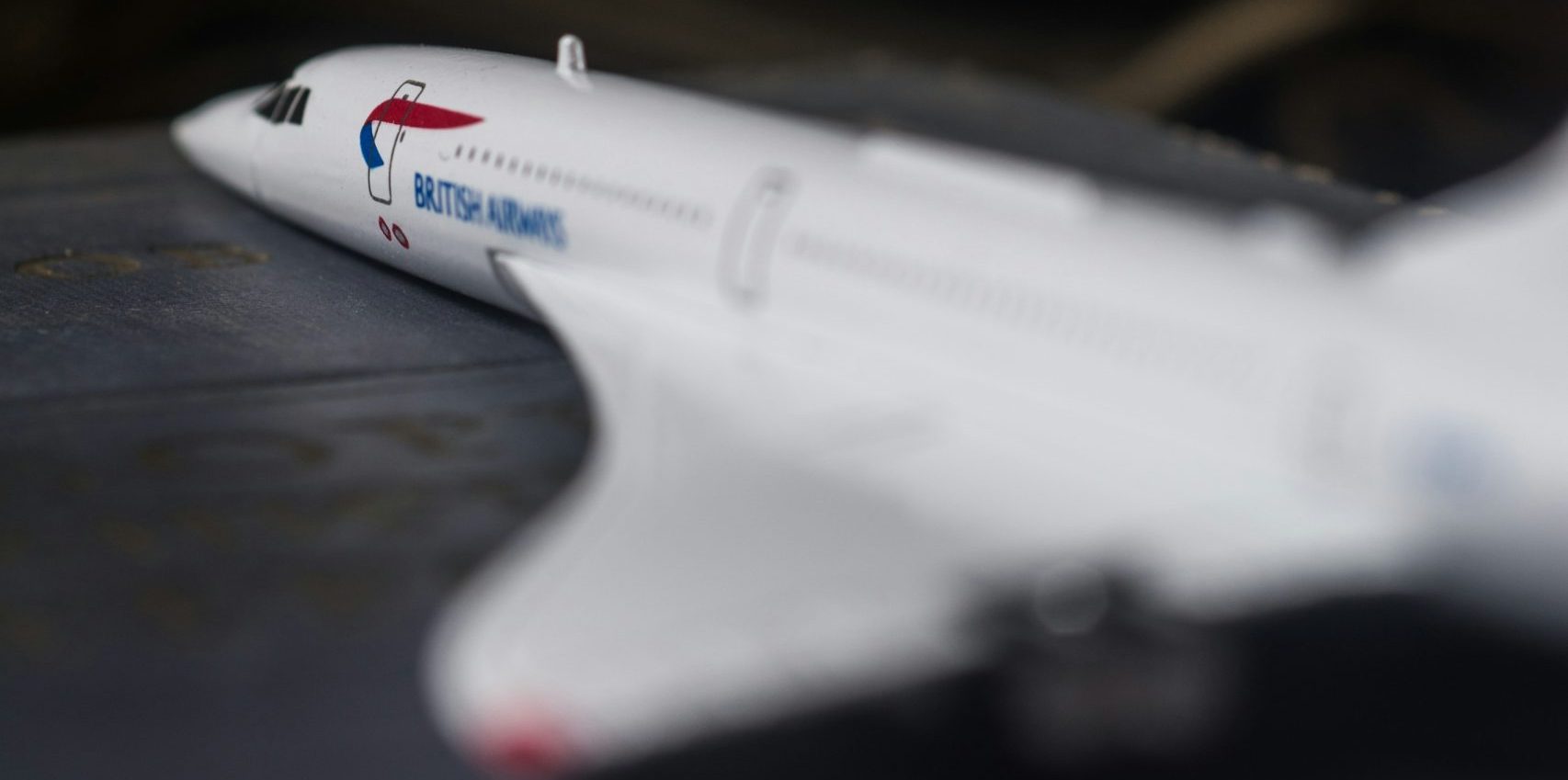Introduction: Aircraft inspections are the cornerstone of aviation safety, providing crucial assessments of aircraft integrity, performance, and compliance with regulatory standards. These inspections involve meticulous examinations of aircraft components, systems, and structures to identify any issues or discrepancies that could compromise safety or airworthiness. In this comprehensive article, we delve into the importance of aircraft inspections, exploring their types, procedures, and the critical role they play in ensuring the safety and reliability of aircraft operations.
The Purpose of Aircraft Inspections: The primary purpose of aircraft inspections is to ensure the airworthiness of an aircraft, meaning that it is in a condition for safe flight. Airworthiness encompasses various aspects of aircraft integrity, including structural integrity, system functionality, and compliance with regulatory requirements. Aircraft inspections serve several key objectives:
- Safety Assurance: Aircraft inspections are conducted to identify and rectify any defects, damage, or wear that could compromise the safety of flight operations. By addressing potential safety hazards proactively, inspections help mitigate the risk of accidents or incidents caused by mechanical failures or structural deficiencies.
- Regulatory Compliance: Aviation authorities impose stringent regulations and requirements for aircraft maintenance and inspections to ensure compliance with safety standards and operational guidelines. Inspections help verify that aircraft meet regulatory requirements and are maintained in accordance with approved maintenance programs.
- Maintenance Planning: Inspections provide valuable data and insights into the condition of aircraft components and systems, enabling operators to plan and schedule maintenance activities effectively. By identifying maintenance needs early, inspections help prevent unexpected failures and minimize downtime for maintenance activities.
Types of Aircraft Inspections: Aircraft inspections are categorized into several types based on their scope, frequency, and purpose. The main types of aircraft inspections include:
- Pre-flight Inspection: Pre-flight inspections are conducted by pilots or maintenance personnel before each flight to ensure that the aircraft is in a safe and airworthy condition for flight. These inspections involve visual checks of critical components, such as control surfaces, landing gear, and engine compartments, to detect any obvious signs of damage or malfunction.
- Routine Inspections: Routine inspections, also known as line maintenance checks, are conducted at regular intervals, typically based on flight hours, cycles, or calendar time. These inspections involve more comprehensive assessments of aircraft systems, structures, and components to verify their condition and compliance with maintenance requirements.
- Scheduled Maintenance Inspections: Scheduled maintenance inspections, such as A-checks and B-checks, are scheduled at specific intervals or milestones defined by the aircraft manufacturer or regulatory authorities. These inspections involve detailed examinations of aircraft systems and components, including engine inspections, landing gear inspections, and structural inspections.
- Heavy Maintenance Inspections: Heavy maintenance inspections, also known as C-checks or D-checks, are major overhauls performed at intervals ranging from several months to several years, depending on aircraft type and usage. These inspections involve extensive disassembly, inspection, and reassembly of aircraft systems and structures to ensure continued airworthiness.
Procedures and Methods: Aircraft inspections follow established procedures and methods to ensure thoroughness, consistency, and accuracy in the inspection process. Key steps in the inspection process include:
- Visual Inspection: Visual inspections involve visually examining aircraft components and structures for signs of damage, wear, or corrosion. Inspectors use flashlights, mirrors, and borescopes to access hard-to-reach areas and inspect critical components thoroughly.
- Non-destructive Testing (NDT): Non-destructive testing techniques, such as magnetic particle testing, dye penetrant testing, ultrasonic testing, and eddy current testing, are used to detect hidden defects or flaws in aircraft materials and structures without causing damage.
- Functional Testing: Functional testing involves operating aircraft systems and components to verify their functionality and performance. This may include engine runs, flight control checks, hydraulic system tests, and electrical system tests to ensure that systems operate as intended.
- Documentation and Record-keeping: Inspectors document their findings and observations during inspections and maintain detailed records of inspection activities, including inspection reports, defect logs, and maintenance records. Accurate documentation is essential for compliance with regulatory requirements and for tracking aircraft maintenance history.
The Role of Technology in Aircraft Inspections: Advancements in technology have revolutionized the field of aircraft inspections, enabling more efficient, accurate, and comprehensive inspection processes. Some key technologies used in aircraft inspections include:
- Remote Inspection Tools: Remote inspection tools, such as drones or unmanned aerial vehicles (UAVs), are used to conduct visual inspections of aircraft exteriors, structures, and hard-to-reach areas. Drones equipped with cameras or sensors can capture high-resolution images and video footage for detailed analysis.
- Digital Inspection Platforms: Digital inspection platforms and software applications streamline the inspection process by digitizing inspection checklists, recording inspection data electronically, and facilitating real-time collaboration among inspectors and maintenance personnel.
- Advanced Imaging Technologies: Advanced imaging technologies, such as digital radiography, thermography, and 3D scanning, provide detailed insights into the condition of aircraft components and structures. These technologies enable inspectors to detect defects, cracks, or corrosion that may not be visible to the naked eye.
- Predictive Maintenance Systems: Predictive maintenance systems use data analytics, machine learning, and predictive modeling techniques to forecast equipment failures and maintenance needs based on historical data, operational parameters, and performance trends. These systems help optimize maintenance planning and resource allocation.
Conclusion: In conclusion, aircraft inspections are essential for ensuring the safety, airworthiness, and reliability of aircraft operations. By systematically evaluating aircraft systems, structures, and components, inspections help identify and rectify potential safety hazards, regulatory non-compliance, and maintenance needs. As aviation technology continues to evolve, inspections will leverage advanced technologies and methodologies to enhance inspection efficiency, accuracy, and effectiveness. With a commitment to rigorous inspection practices and adherence to regulatory standards, aviation stakeholders can uphold the highest levels of safety and airworthiness in the skies.

